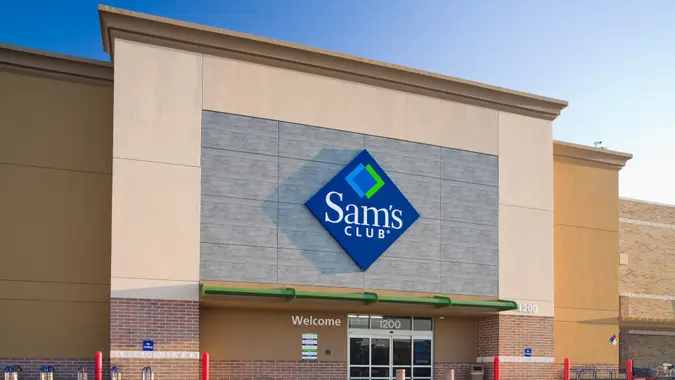Food Stamps: Latest USDA Report Indicates ‘Absolutely More Work To be Done’ in US Food Insecurity Fight — Where SNAP Is Succeeding and Failing

Commitment to Our Readers
GOBankingRates' editorial team is committed to bringing you unbiased reviews and information. We use data-driven methodologies to evaluate financial products and services - our reviews and ratings are not influenced by advertisers. You can read more about our editorial guidelines and our products and services review methodology.

20 Years
Helping You Live Richer

Reviewed
by Experts

Trusted by
Millions of Readers
SNAP, formerly called food stamps, makes it easier for low-income households to afford nutritious food without sacrificing other basic needs.
While there’s been a lot of good to come out of the program, a new report released by the U.S. Department of Agriculture revealed that millions more Americans didn’t have enough to eat in 2022 compared to 2021 — the largest increase in food insecurity and hunger nationwide in more than a decade.
The data was taken from a nationally representative survey sponsored and analyzed by the department’s Economic Research Service. Experts said that the survey revealed how inflation and the expiration of pandemic-era food assistance programs made it more difficult for Americans to meet their basic needs, USA Today reported.
In 2022, 44.2 million people lived in households that didn’t have enough resources to feed every family member throughout the year, according to the USDA‘s latest report. Among all households, 12.8% were food insecure in 2022, up from 10.2% in 2021, and more than 17% of households with children were food insecure at some point in 2022.
USA Today noted that food insecurity fluctuates based on household income or whether a family is considered eligible for food stamp benefits. People in food insecure households also eat lower-quality diets with less variety. In some cases, food insecurity leads to adults and children eating smaller meals or skipping meals entirely.
“Today’s report shows there’s absolutely more work to be done,” Nell Menefee-Libey, public policy manager for the National WIC Association, told USA Today. “Even for families who are participating in SNAP, in WIC, in school meals programs – not all of them are getting all of the help that they need to ensure that these kids and families have healthy food available to them at all times.”
Christopher Bosso, professor of public policy and politics in the School of Public Policy and Urban Affairs at Northeastern University, wrote in an article published on CounterPunch that while SNAP could be better and is the subject of endless political debates over rules and benefits structure, the program also works.
SNAP benefits are available by swiping EBT cards at the register, which Bosso says allows recipients to shop at their favorite markets and use their benefits discreetly. There are some restrictions, but SNAP recipients have the same ability to choose what they put in their basket.
Without it, Bosso wrote that tens of millions of Americans would be far worse off, and SNAP ensures that all Americans get a better chance at a healthy diet without sacrificing autonomy and pride.
More From GOBankingRates
 Written by
Written by  Edited by
Edited by 

























